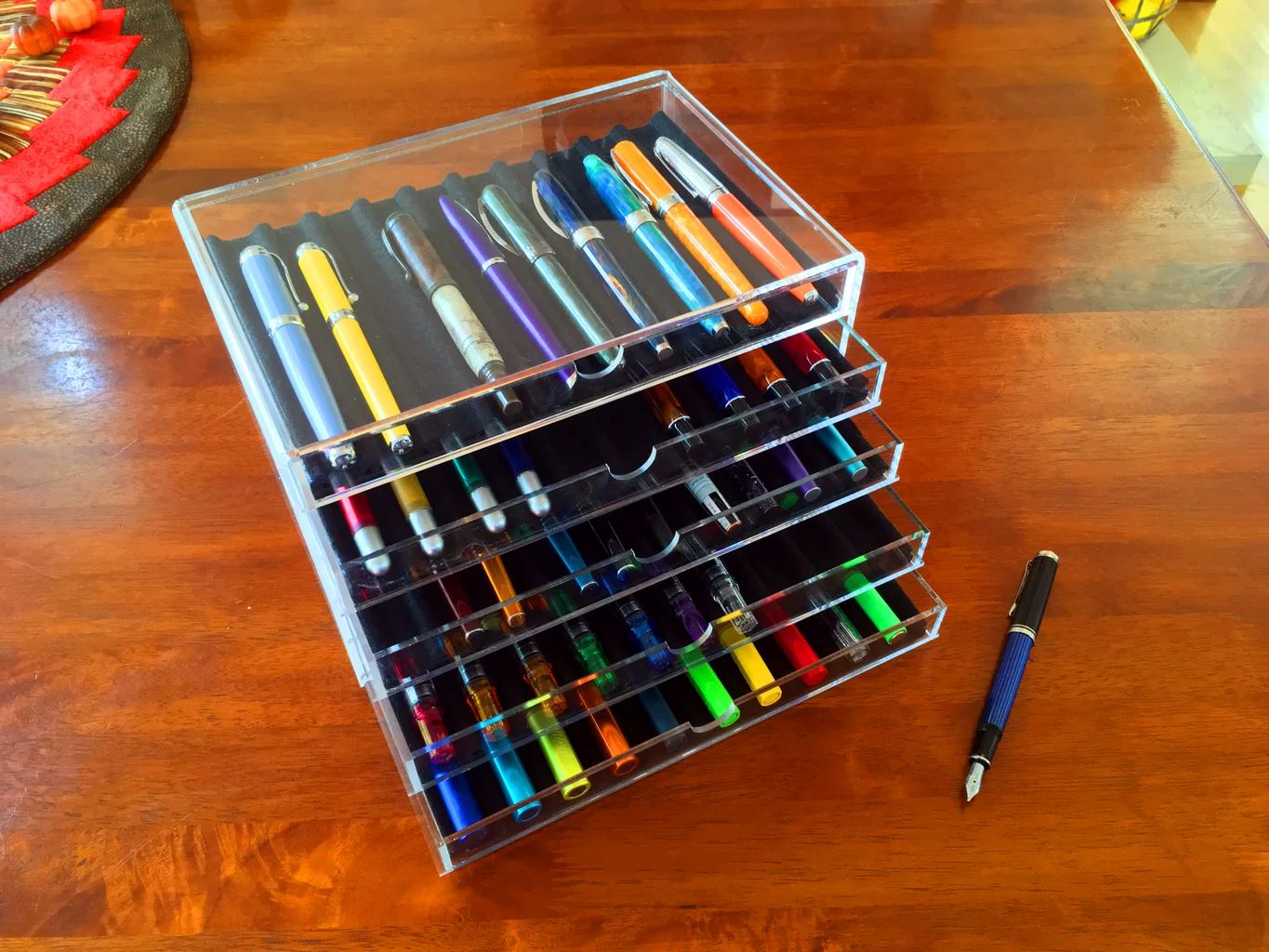

Articles
How To Store Fountain Pens
Modified: March 19, 2024
Learn the best techniques and tips for storing fountain pens in this helpful collection of articles. Keep your pens in optimal condition for longer-lasting use.
(Many of the links in this article redirect to a specific reviewed product. Your purchase of these products through affiliate links helps to generate commission for Storables.com, at no extra cost. Learn more)
Introduction
Fountain pens are not just writing instruments; they are cherished tools that require careful attention and maintenance. Whether you are a seasoned fountain pen enthusiast or just starting out, understanding how to store your pens properly is crucial to their longevity and optimal performance.
Proper storage helps protect the pen’s delicate nib, prevents ink clogging, and ensures that the pen is always ready for use. In this article, we will explore the best practices for storing fountain pens to help you preserve their quality and improve your overall writing experience.
Key Takeaways:
- Proper storage of fountain pens is crucial for longevity and optimal performance. Choose the right storage method, clean the pens before storage, and avoid direct sunlight and extreme temperatures to preserve their quality.
- Safeguard your fountain pens by properly storing ink bottles, maintaining and protecting the nib, and following tips for long-term storage. With care and attention, your pens will provide a long-lasting writing experience.
Read more: How To Store A Fountain Pen
Choosing the Right Storage Method
When it comes to storing your fountain pens, there are several options to choose from. The choice largely depends on personal preference and the number of pens you own. Here are a few popular methods for storing fountain pens:
- Pen cases: Pen cases are specially designed to hold multiple pens securely. They come in various sizes and materials, such as leather, fabric, or wood. Pen cases not only protect your pens from dust and scratches but also provide a convenient and organized way to store and transport them.
- Pen stands or holders: Pen stands are a stylish option for displaying your fountain pens. They allow you to showcase your collection while also keeping the pens easily accessible. Pen holders come in various designs, including single or multiple-slot holders, and can be made of materials like wood, metal, or acrylic.
- Drawer organizers: If you prefer to store your pens out of sight, drawer organizers can be a practical solution. These organizers have individual slots that hold each pen securely and prevent them from rolling around. Drawer organizers are customizable and can fit in any desk or drawer space.
When choosing a storage method, consider the size and shape of your pens, the amount of space you have available, and the level of protection you want for your collection. It’s a good idea to invest in high-quality storage options to ensure your fountain pens are kept in optimal condition.
Cleaning the Fountain Pen Before Storage
Before storing your fountain pen, it is essential to clean it thoroughly to prevent ink residue and clogging. Cleaning your pen regularly not only helps maintain its performance but also ensures that it is ready to use whenever you need it. Follow these steps to properly clean your fountain pen before storing it:
- Flush the pen: Start by disassembling your pen and gently flush the nib and feed section with clean water. Use a bulb syringe or a converter to flush out any remaining ink residue. Repeat this process until the water runs clear and all traces of ink are removed.
- Remove the nib and feed for deep cleaning: If your pen allows for easy removal of the nib and feed, it is recommended to do so for a more thorough cleaning. Gently twist or pull out the nib and feed from the pen, and rinse them separately under running water. This ensures that every part of the pen is clean.
- Use a pen cleaner solution: For stubborn ink stains or buildup, you can use a pen cleaner solution. Soak the nib and feed in the solution according to the manufacturer’s instructions. After soaking, rinse them with clean water to remove any residue.
- Dry the pen: After cleaning, use a clean lint-free cloth or a paper towel to gently dry all components of the pen. Make sure to remove any excess moisture from the nib, feed, and barrel.
- Reassemble the pen: Once the pen is completely dry, reassemble it carefully. Ensure that all parts fit snugly together, but avoid overtightening, as this can damage the pen. Check that the ink flow is smooth and consistent before storing.
Cleaning your fountain pen before storage not only helps maintain its integrity but also prevents any ink residue from drying and clogging the mechanism. By following these cleaning steps, you can ensure that your pen is in optimal condition when you decide to use it again.
Using Pen Cases for Safekeeping
Pen cases are an excellent option for storing and protecting your fountain pens. They not only keep your pens organized but also provide a safe and secure environment to prevent any damage or scratches. Here are some tips for using pen cases for safekeeping:
- Choose the right size: When selecting a pen case, consider the number of pens you have and their sizes. Ensure that the case has enough compartments or slots to accommodate your pens comfortably without crowding or causing any friction between them.
- Pick a protective material: Pen cases come in various materials such as leather, fabric, or wood. Choose a material that offers adequate cushioning and protection for your fountain pens. Leather cases are a popular choice as they are durable and provide a soft lining to prevent scratches.
- Separate pens individually: To avoid potential scratches or damage from pens rubbing against each other, place them in individual compartments or use pen sleeves within the case. This will keep your pens securely separated, reducing the risk of any accidental collisions.
- Consider travel-friendly features: If you plan to travel with your pens, look for pen cases with extra protective features such as zipper closures or snap buttons. These will ensure that your pens remain safely stored, even when the case is jostled or bumped during transport.
- Regularly clean and maintain the case: Just as you clean your fountain pens, it’s essential to keep your pen case clean as well. Remove any dust or debris from the case and wipe it down regularly using a clean cloth. This will prevent any particles from transferring onto your pens.
Using a pen case for safekeeping not only helps protect your fountain pens from external damage but also keeps them organized and readily accessible. By following these tips, you can ensure that your pens are securely stored and in pristine condition whenever you need them.
Avoiding Direct Sunlight and Extreme Temperatures
Proper environmental conditions play a vital role in the longevity and performance of your fountain pens. Exposure to direct sunlight and extreme temperatures can cause significant damage to both the pen’s materials and the ink inside. Here are some important points to consider when it comes to protecting your pens from these factors:
- Avoid direct sunlight: Direct sunlight can cause the materials of your fountain pen, such as the barrel and cap, to fade, crack, or become brittle over time. Prolonged exposure to sunlight can also lead to discoloration of the ink. It’s best to store your pens in a cool, shaded area away from direct sunlight.
- Avoid extreme temperatures: Extreme heat or cold can have detrimental effects on your fountain pens. Excessive heat can cause the ink to expand and leak, while extreme cold can make the ink congeal or freeze. It is recommended to store your pens in a temperature-controlled environment, preferably at room temperature.
- Avoid sudden temperature changes: Rapid changes in temperature can cause the materials of your pen, such as the plastic or resin, to expand or contract quickly. This can lead to cracks or other damage to the pen’s structure. Avoid exposing your pens to sudden temperature changes, such as taking them from a warm room to a cold outdoor environment.
- Consider a temperature-controlled storage solution: If you live in an area with extreme temperature variations or need to store your pens for an extended period, consider investing in a temperature-controlled storage solution, such as a temperature-controlled cabinet or drawer. These options provide a stable and controlled environment for your pens.
- Be cautious when traveling: If you need to travel with your fountain pens, take extra precautions to protect them from temperature extremes. Keep them in a protective case or wrap them in a soft cloth to insulate them from sudden temperature changes.
By avoiding direct sunlight and extreme temperatures, you can ensure that your fountain pens remain in optimal condition. Taking these preventive measures will help preserve the integrity of the materials and the quality of the ink, ultimately prolonging the lifespan of your pens.
Store fountain pens with the nib facing up to prevent ink from settling and clogging the feed. Keep them in a cool, dry place away from direct sunlight to avoid damage to the materials.
Read more: How To Store Fountain Pen When Not In Use
Properly Storing Ink Bottles
Proper storage of ink bottles is essential to maintain the quality and longevity of the ink inside. Ink bottles can be susceptible to evaporation, contamination, and deterioration if not stored correctly. Here are some tips for properly storing your ink bottles:
- Keep the lids tightly closed: Always ensure that the lids of the ink bottles are tightly closed to prevent any air exposure. Air can cause the ink to evaporate or become thicker, affecting its flow and color consistency. Additionally, a tightly closed lid prevents any accidental spills or leaks.
- Store bottles upright: Storing your ink bottles in an upright position helps prevent leakage. This ensures that the ink is contained within the bottle and does not seep out or damage the label. Upright storage also helps keep the ink properly mixed, preventing any settling or separation of pigments.
- Avoid exposure to light: Like fountain pens, ink bottles should be kept away from direct sunlight or bright artificial light. Light can degrade the quality of the ink and cause discoloration over time. Store your ink bottles in a dark and cool area to maintain their integrity.
- Choose a stable storage location: Select a stable and secure location to store your ink bottles. Make sure the area is not prone to fluctuations in temperature or humidity. Avoid storing them near heat sources, such as radiators or direct airflow from air conditioning units, as temperature changes can affect the ink’s performance.
- Check for signs of contamination: Regularly inspect your ink bottles for any signs of contamination, such as mold growth or unusual particles. If you notice any abnormalities, dispose of the ink immediately to prevent potential damage to your pens.
- Rotate your ink bottles: If you have multiple ink bottles, it is a good practice to rotate their usage. By rotating the bottles, you ensure that all the ink is used regularly, preventing any ink from sitting stagnant for too long. This helps in maintaining the freshness and quality of the ink.
By following these guidelines, you can ensure that your ink bottles remain in optimal condition and continue to provide you with a smooth and enjoyable writing experience. Proper storage helps preserve the quality of the ink and ensures that it is ready to use whenever you need it.
Maintaining and Protecting the Nib
The nib is the heart of a fountain pen and requires special attention to keep it in optimal condition. Proper maintenance and protection of the nib ensure smooth ink flow, comfortable writing, and longevity of the pen. Here are some tips for maintaining and protecting the nib of your fountain pen:
- Regularly clean the nib: Cleaning the nib after each use is essential to prevent ink buildup and clogging. Use a soft, lint-free cloth or tissue to gently wipe away any excess ink from the nib. This helps maintain a smooth ink flow and prevents the nib from drying out.
- Avoid touching the nib with bare hands: The oils and acids present on our skin can be harmful to the nib. It is best to avoid touching the nib with bare hands as much as possible. If necessary, hold the pen by the barrel or use a lint-free glove or cloth to handle the nib.
- Protect the nib with a cap: Always keep a cap on your fountain pen when not in use. The cap not only protects the nib from dust and debris but also helps prevent the ink from drying out. Ensure that the cap fits securely and creates a tight seal to prevent evaporation.
- Use a nib protector during storage: If you plan to store your fountain pen for an extended period, consider using a nib protector. These are small caps or covers specifically designed to fit over the nib, providing an extra layer of protection against damage or accidental impact.
- Avoid dropping or mishandling the pen: Fountain pen nibs are delicate and can be easily damaged if dropped or mishandled. Handle your pen with care, avoiding any rough or sudden movements. Be cautious when uncapping or recapping the pen to prevent bending or misaligning the nib.
- Have the nib serviced if necessary: If you notice any issues with the nib, such as scratchiness, skipping, or poor ink flow, it may require servicing or adjustment. It is best to consult a professional or the manufacturer’s guidelines for appropriate nib maintenance or repairs.
By following these practices, you can ensure that the nib of your fountain pen remains in excellent condition. Regular cleaning, proper handling, and protection of the nib will not only enhance your writing experience but also extend the life of your fountain pen.
Tips for Long-Term Storage
Long-term storage of fountain pens requires additional care to ensure their preservation and functionality. If you plan to store your pens for an extended period, follow these tips to keep them in optimal condition:
- Clean and empty the pens: Before storing your fountain pens, thoroughly clean and empty them of any remaining ink. This prevents ink residue from drying and clogging the nib or feed during storage.
- Remove ink converters or cartridges: If your pens have removable ink converters or cartridges, it is advisable to remove them before storing. This prevents any ink leakage or potential damage to the converter or cartridge during storage.
- Use silicone grease for piston-fillers: If you have piston-fillers, apply a thin layer of silicone grease to the piston mechanism. This helps lubricate and protect the piston during long periods of inactivity, preventing it from drying out or becoming stiff.
- Elevate the pens horizontally or vertically: When storing your pens, you have two options – storing them horizontally or vertically. If storing horizontally, use a pen case with individual slots to prevent any contact or pressure between the pens. If storing vertically, ensure that the pens are secure and upright to prevent leaks or damage.
- Choose a stable storage location: Find a stable and controlled environment for long-term storage. This area should be away from direct sunlight, extreme temperatures, and high humidity. Ideally, store your pens in a clean, dry, and dust-free space to maintain their integrity.
- Give pens a break: If you have a large collection of pens, consider periodically rotating the pens you use and those in storage. This allows all the pens to be exercised and prevents any one pen from being left unused for too long.
- Regularly inspect and maintain: Even in storage, it is essential to inspect your pens periodically. Check for any signs of corrosion, mold, or ink residue and take appropriate actions if necessary. Occasionally, gently rotate the mechanism or flush the pen with water to lubricate and prevent drying out.
By following these tips, your fountain pens will be well-prepared for long-term storage. With proper care, you can ensure that they remain in excellent condition and are ready to use whenever you decide to bring them back into rotation.
Conclusion
Proper storage of fountain pens is essential to maintain their performance, preserve their quality, and ensure their longevity. By following the tips and best practices outlined in this article, you can keep your fountain pens in optimal condition for years to come.
Choosing the right storage method, such as pen cases or stands, helps protect your pens from dust, scratches, and accidental damage. Cleaning the pens before storage prevents ink residue and clogging that can affect their performance. Avoiding direct sunlight and extreme temperatures safeguards the materials and ink from deterioration.
Properly storing ink bottles, keeping them closed and upright, helps maintain the ink’s quality and prevents leakage. Maintaining and protecting the nib through regular cleaning, handling, and using protective caps ensures smooth writing experiences. Finally, following the tips for long-term storage guarantees that your fountain pens remain in excellent condition during extended periods of non-use.
Remember to handle your fountain pens with care, as their delicate nature requires gentle treatment. Ultimately, investing time and effort in proper storage practices will reward you with an enjoyable and long-lasting writing experience.
So, whether you’re an avid collector or a casual user, make sure to implement these storage techniques to preserve the beauty and functionality of your cherished fountain pens. By doing so, your pens will be ready to inspire and delight you whenever you reach for them.
Frequently Asked Questions about How To Store Fountain Pens
Was this page helpful?
At Storables.com, we guarantee accurate and reliable information. Our content, validated by Expert Board Contributors, is crafted following stringent Editorial Policies. We're committed to providing you with well-researched, expert-backed insights for all your informational needs.
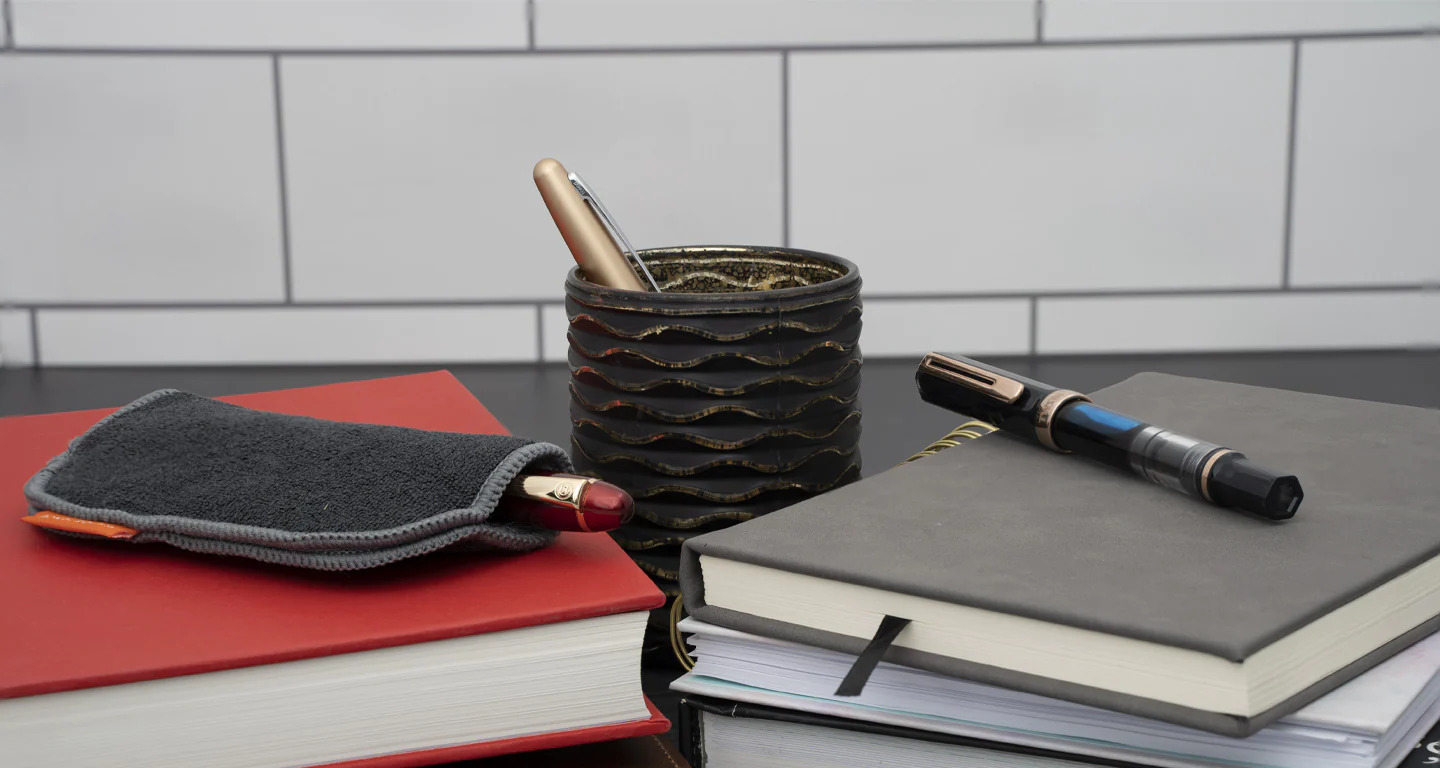
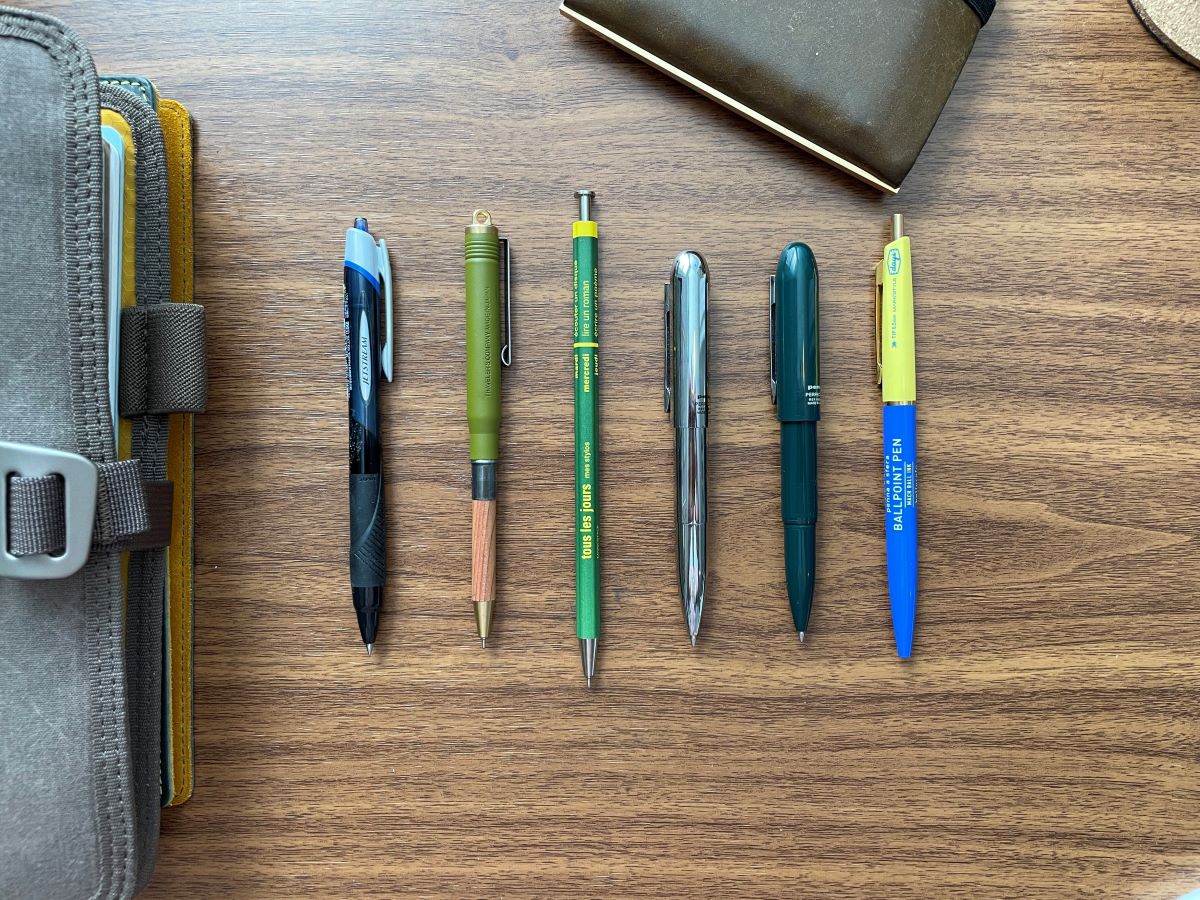

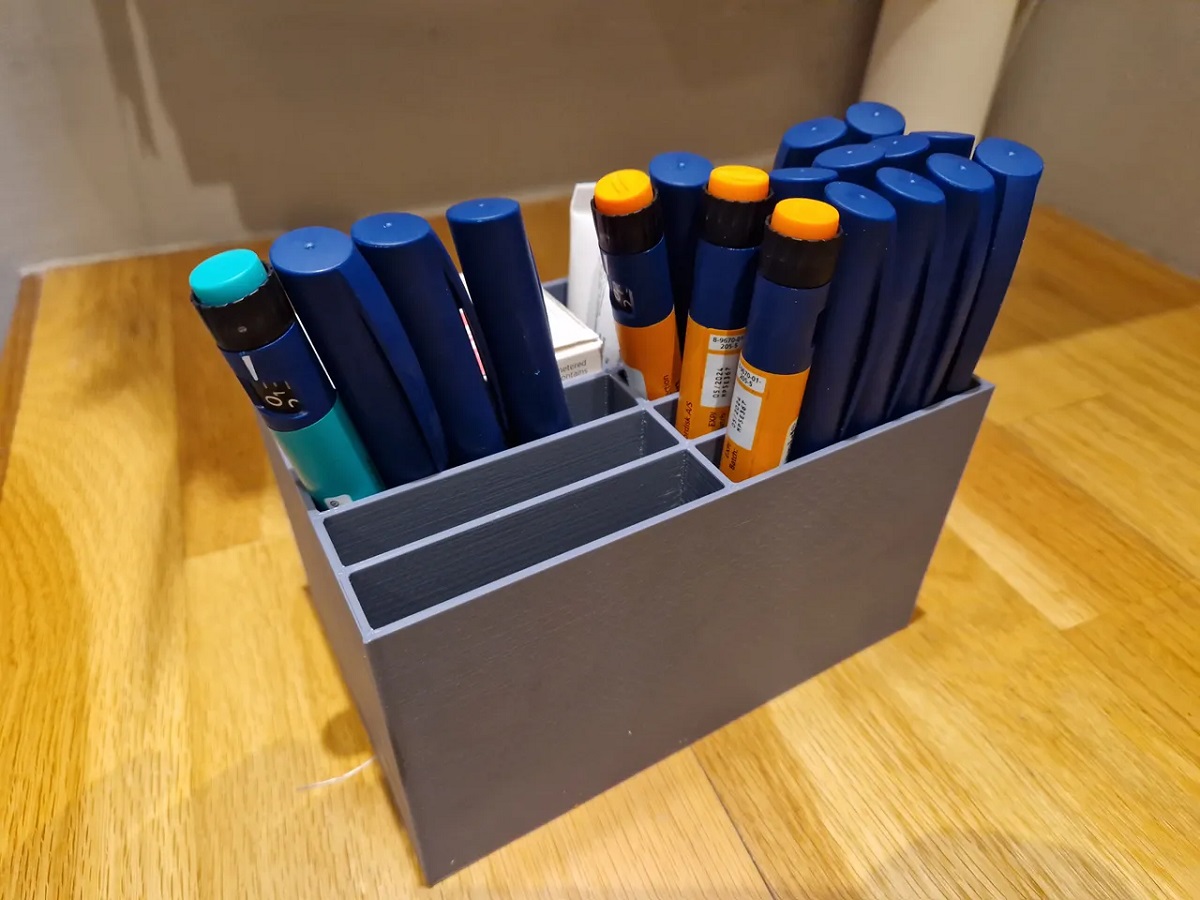
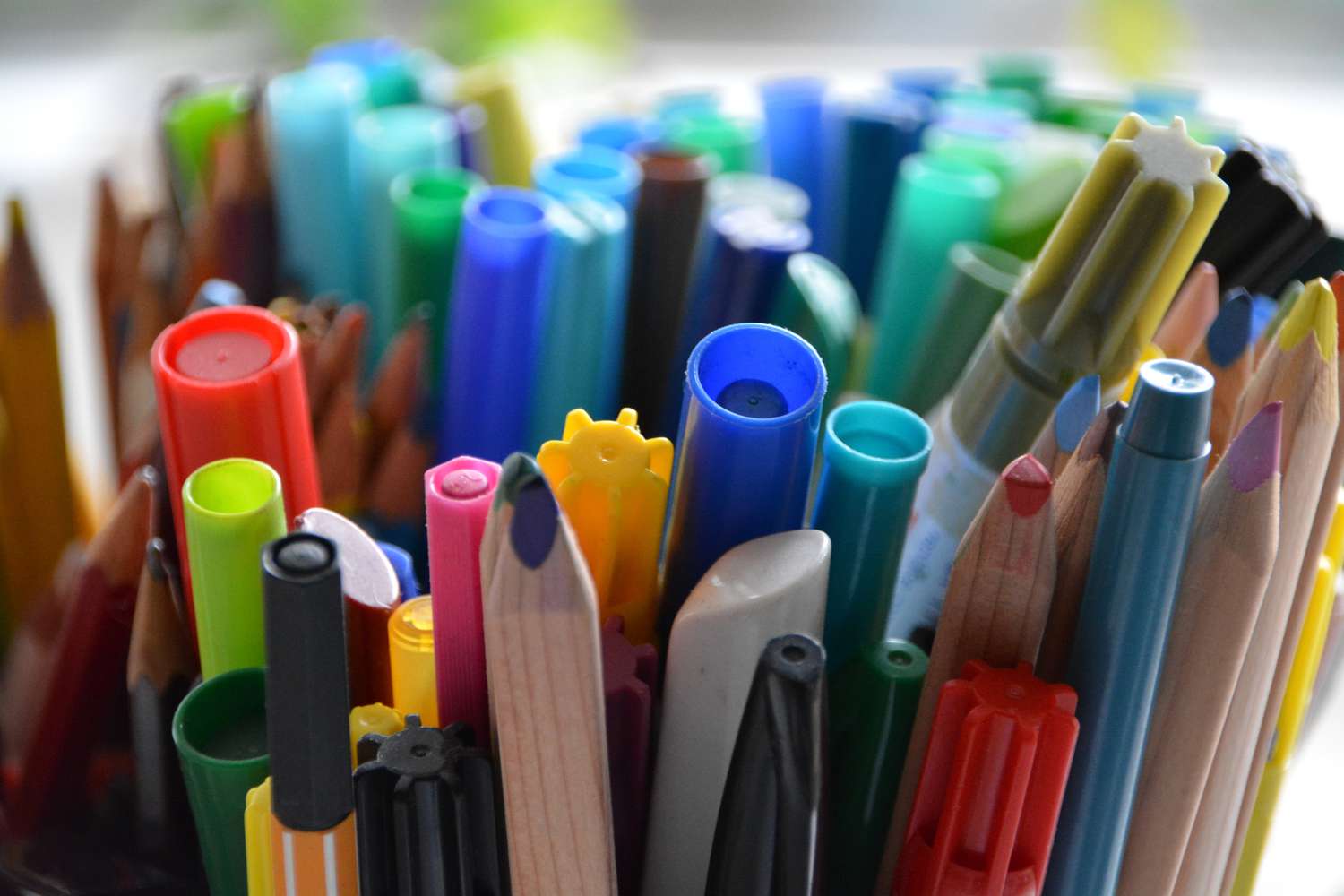
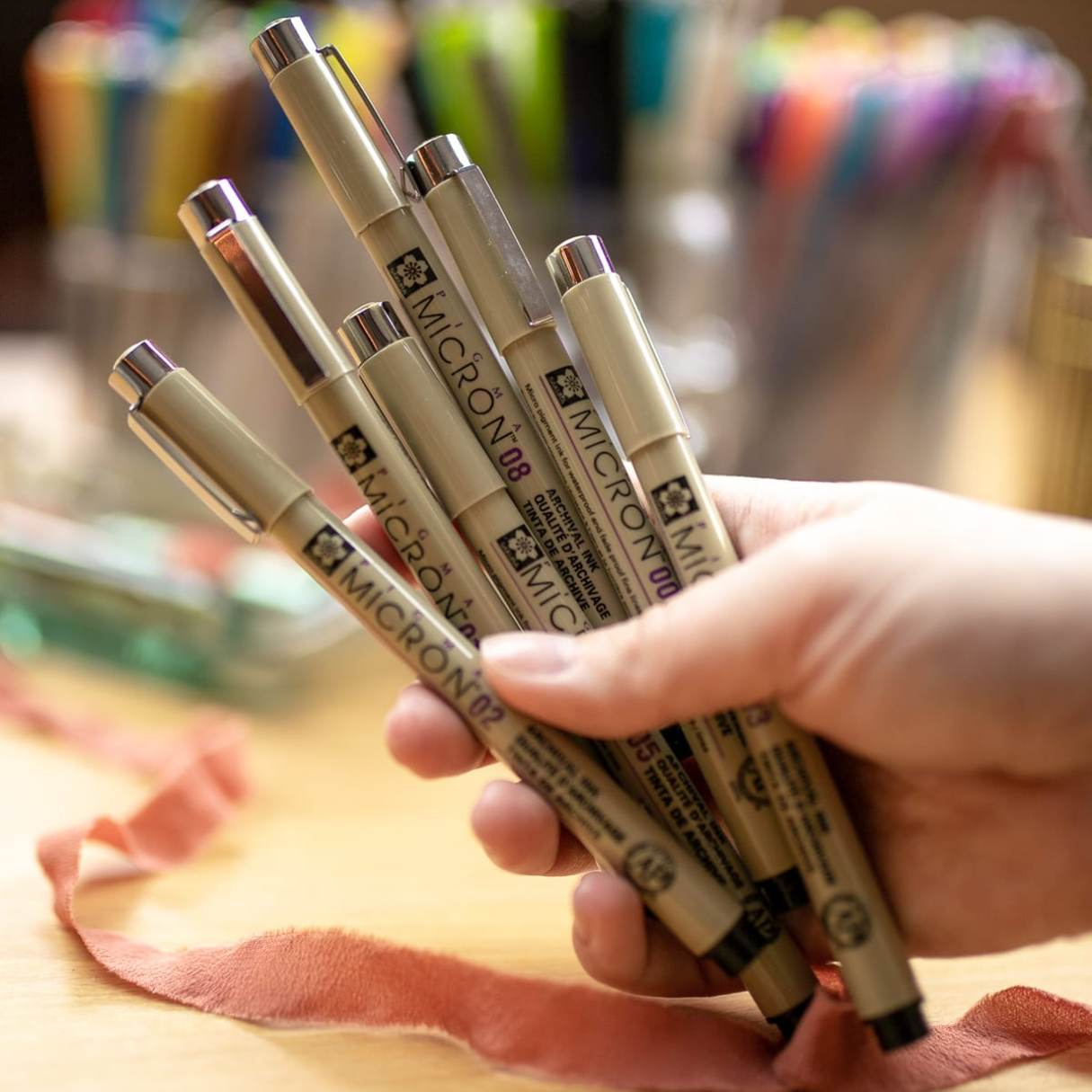

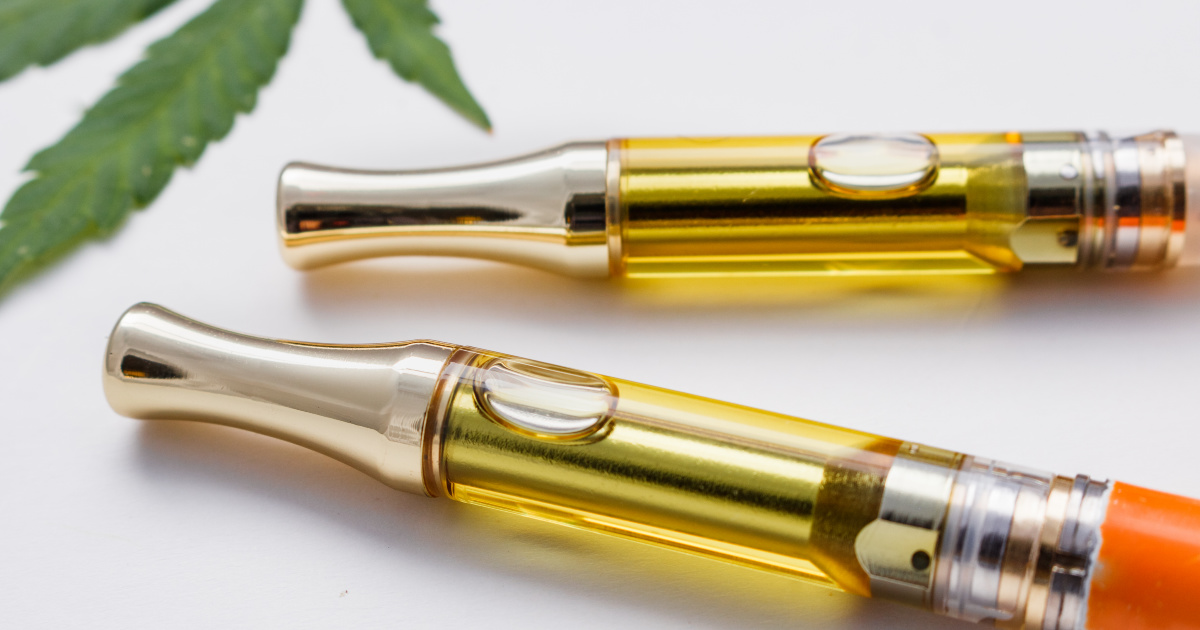
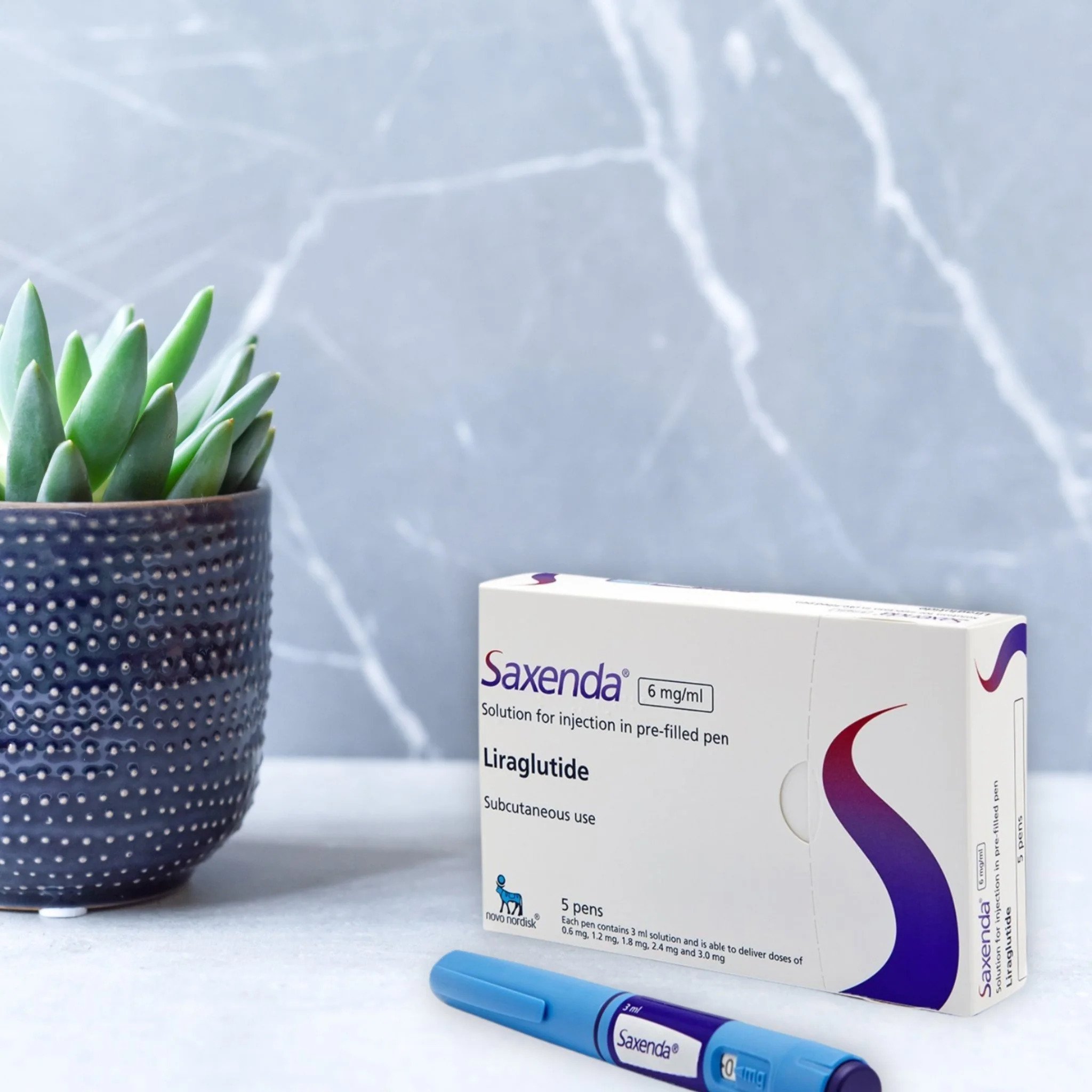

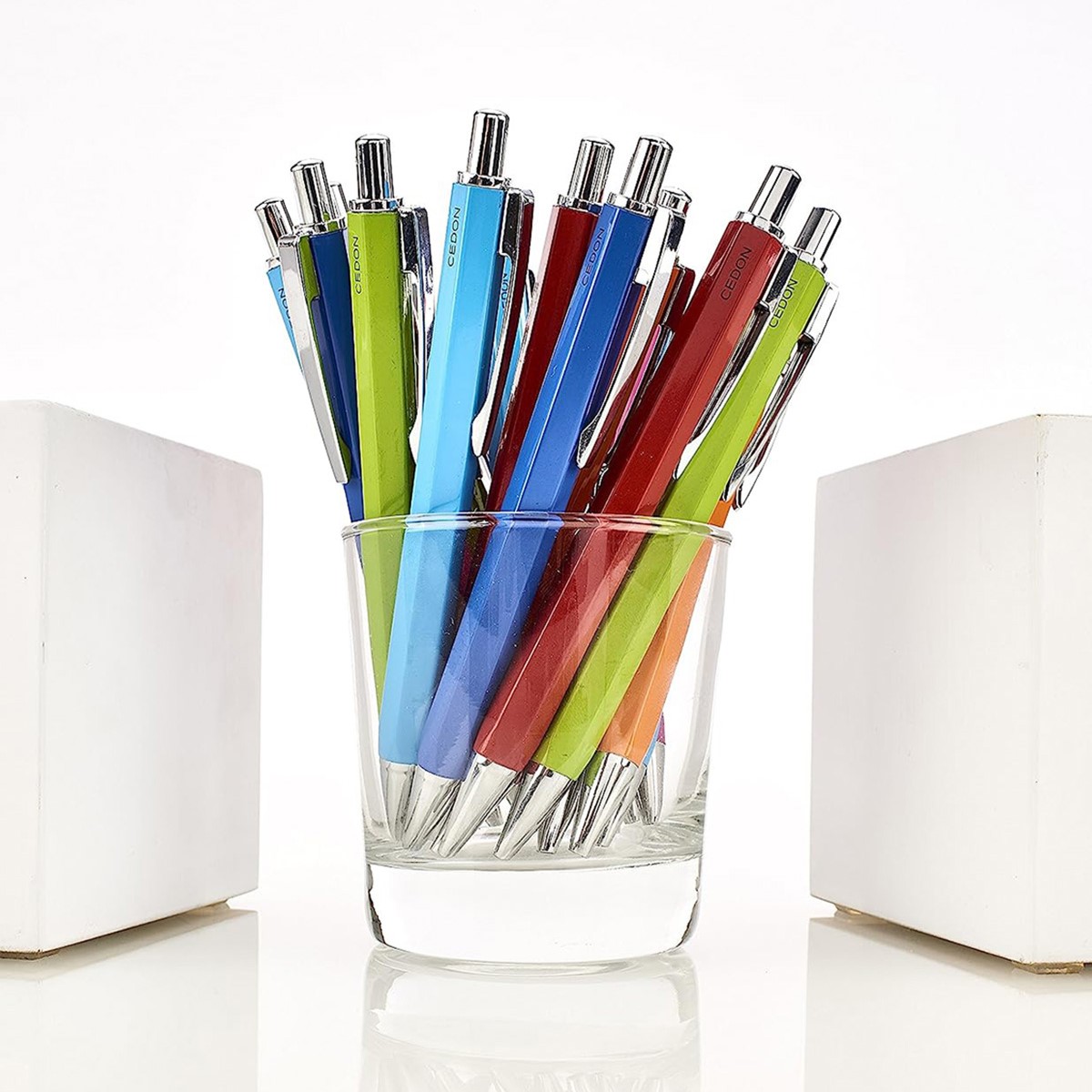
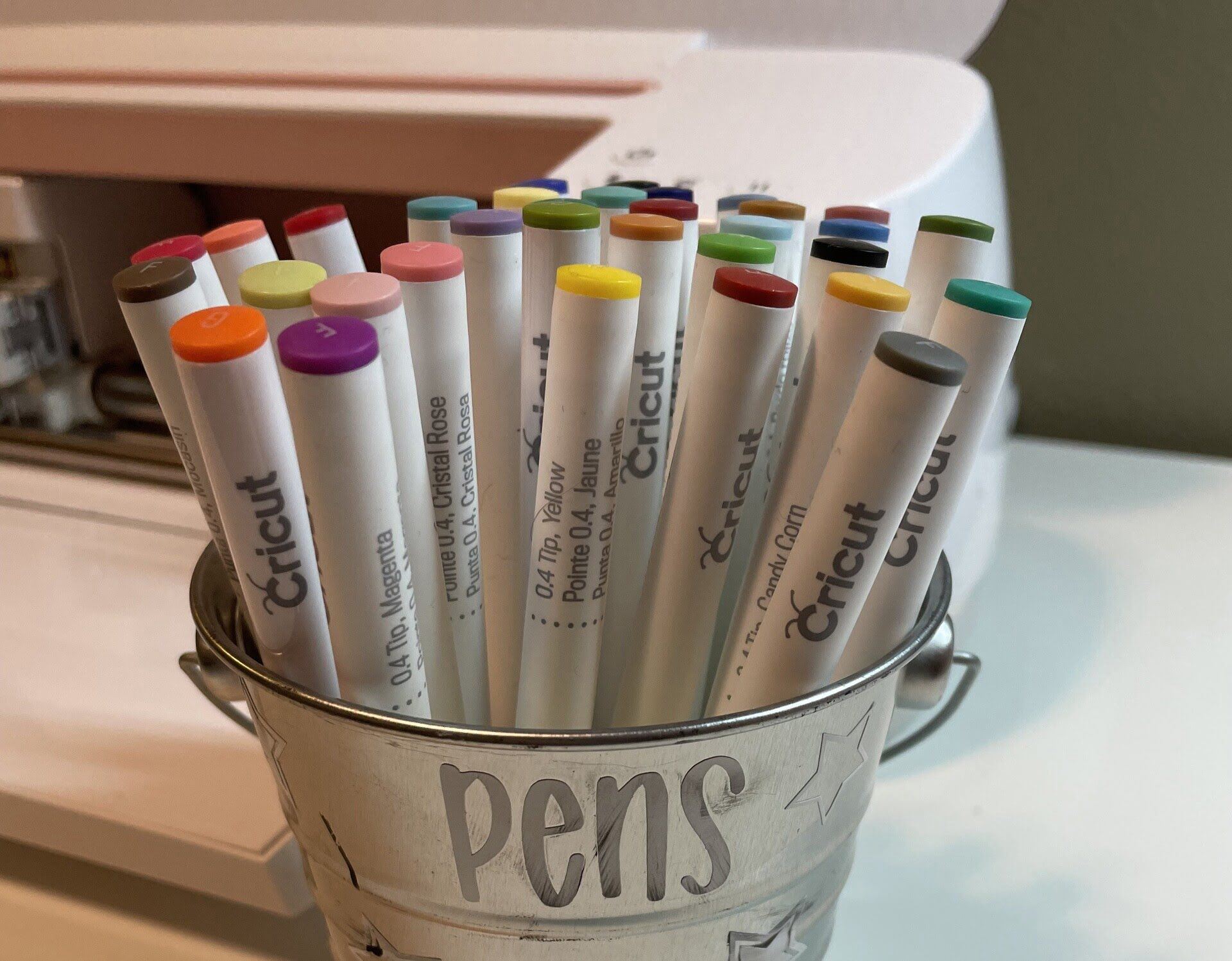
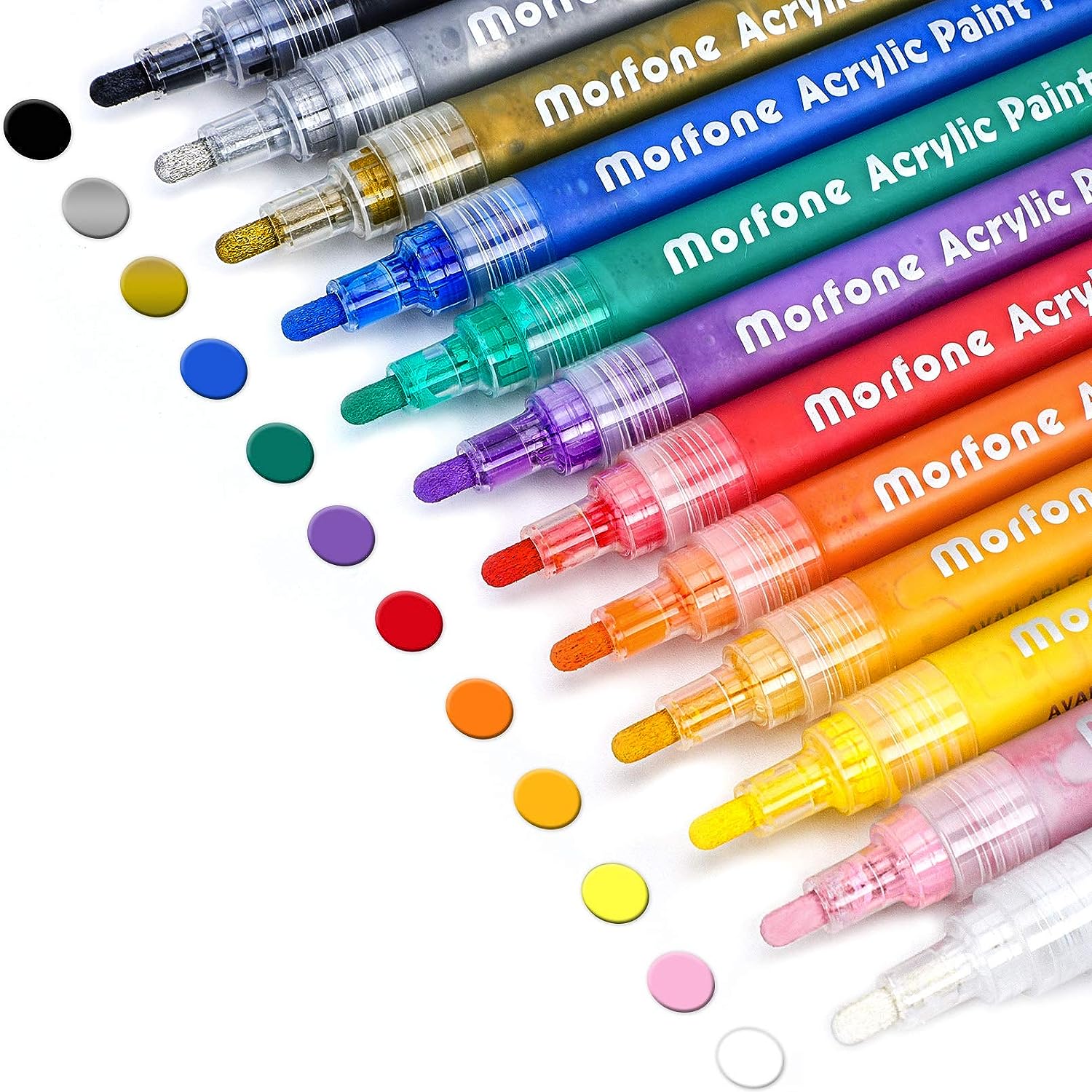
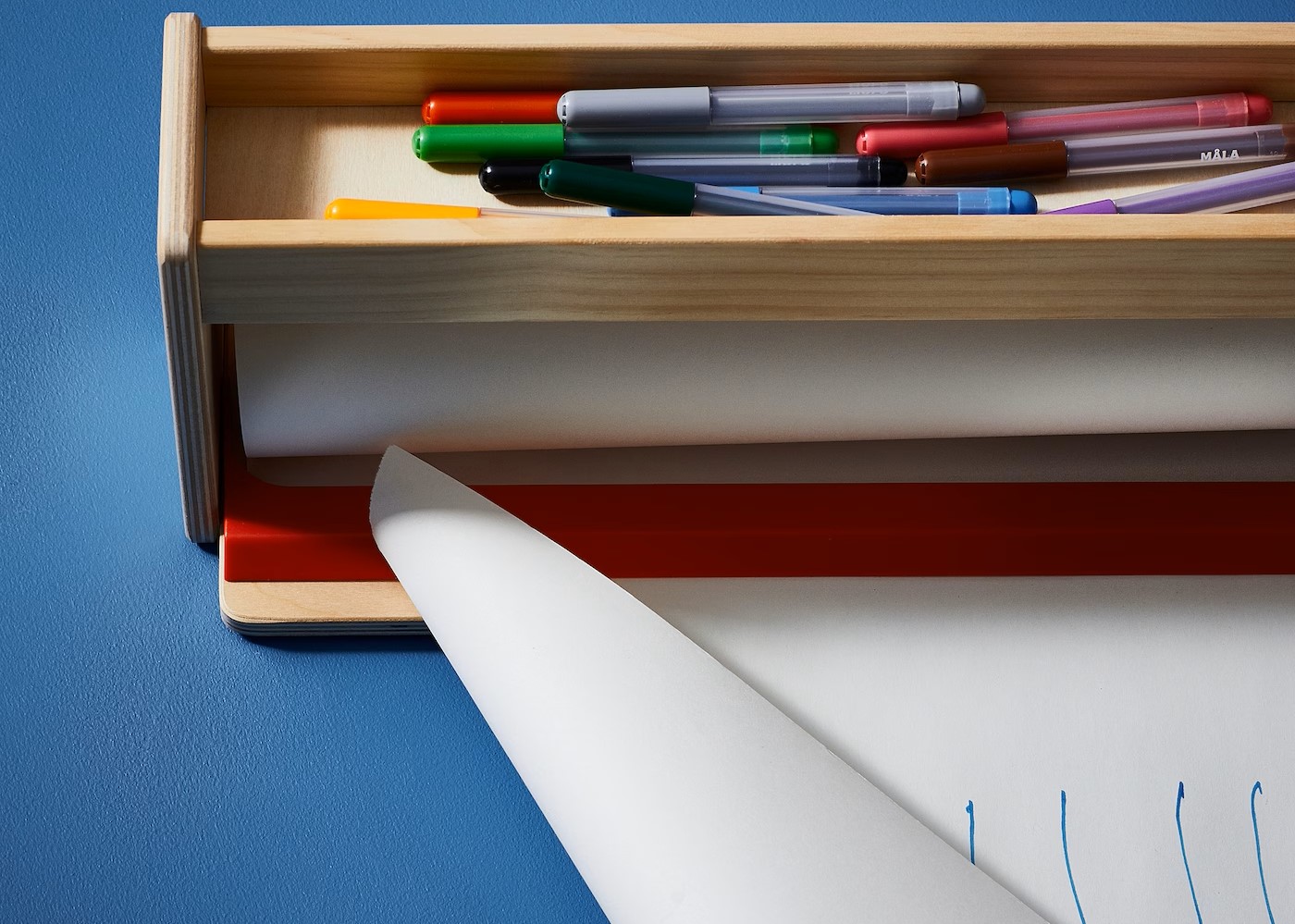

0 thoughts on “How To Store Fountain Pens”